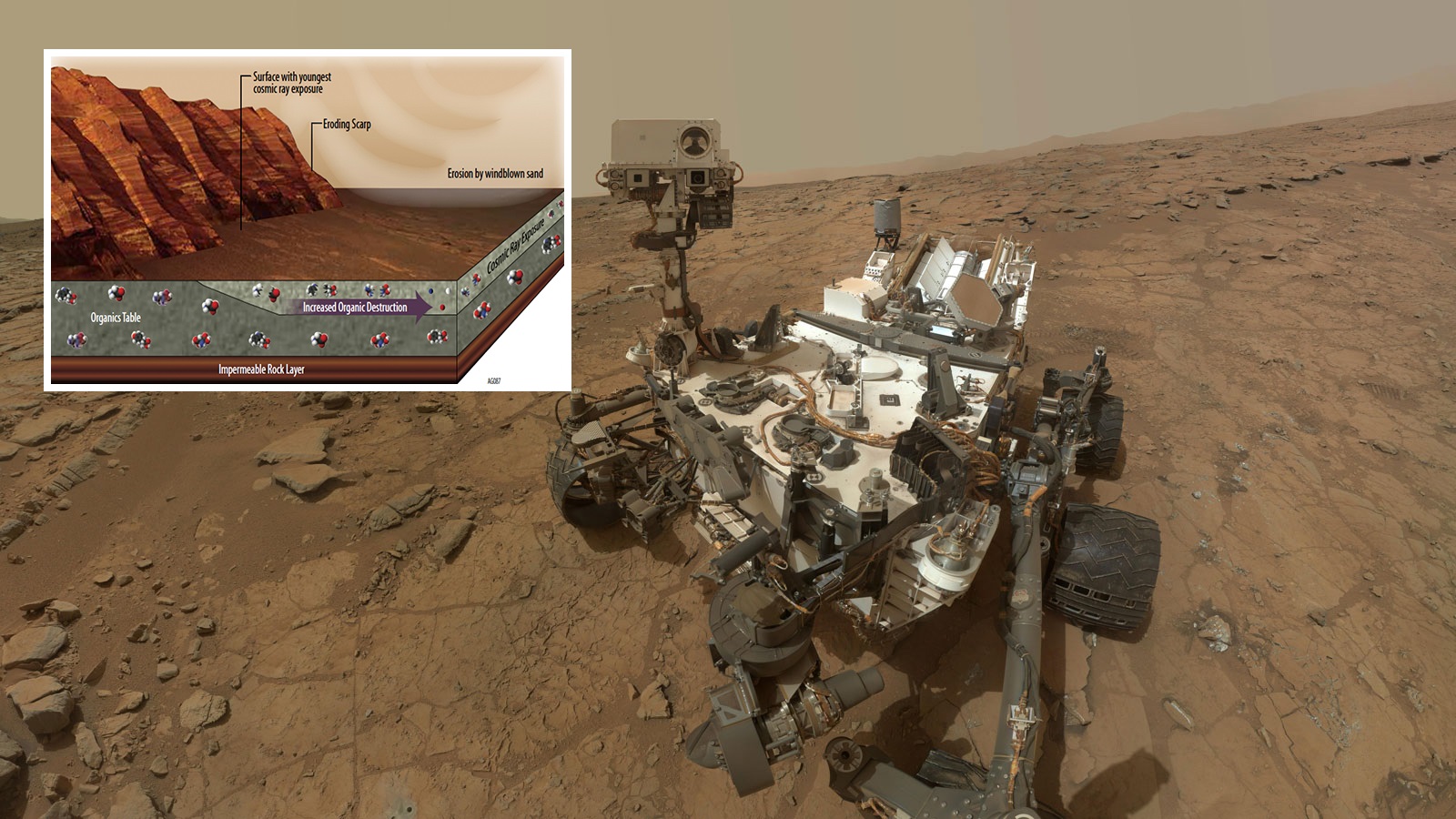Life’s building components have been discovered on Mars by the Mars Perseverance rover.
According to mission team members on Wednesday, Perseverance has found carbon-containing organic compounds in some of the rocks it has analyzed on the bottom of Mars’ Jezero Crater (Dec. 15).
This is not evidence of life on Mars. In order to understand how the Jezero chemicals were created and where they came from, additional research is required.
The rover is gathering materials that will be sent back to Earth by a combined NASA/European Space Agency mission, which might begin as early as 2031.
Luther Beegle, of NASA’s Jet Propulsion Laboratory (JPL) in Southern California, said in a statement that “this matter may not be settled until the samples get returned to Earth, but the preservation of organics is extremely intriguing,” according to a NASA press release.
It will be a long time before these samples are no longer a source of scientific inquiry and discovery when they are brought back to Earth, said Beegle, the principal investigator of Persistence’s SHERLOC instrument (“Scanning Habitable Environments with Raman and Luminescence for Organics and Chemicals”).

Studying a potentially habitable ancient environment
Car-sized Perseverance arrived in February at Jezero, a lake and a river delta that formerly covered 28 miles (45 kilometers).
Perseverance’s primary objectives are to look for evidence of past life on Mars and to gather material for the first human attempt to return a sample to the Red Planet. The rover is equipped with 43 titanium tubes, six of which have already been sealed. Perseverance’s “witness” material, which includes a sample of Martian atmosphere, is contained in one of the four sealed tubes, according to a statement from the Jet Propulsion Laboratory (JPL).
After landing on Mars in February, Perseverance spent the first several months testing its sensors and systems and helping the Ingenuity rover make its first pioneering flights. A lot of progress has been accomplished since Perseverance started focusing on its scientific aims in early June.
The organics discovery, for example, was announced by mission team members at the American Geophysical Union’s autumn conference in New Orleans on Wednesday.
There were organics in certain rocks that Perseverance abraded and also in the dust on top of some non-abraded rocks discovered by SHERLOC on Wednesday, according to a statement from the Jet Propulsion Laboratory.
At Gale Crater, NASA’s Curiosity rover has also found organics,” Beegle stated, referring to the 96-mile-wide (154-kilometer) Gale since August 2012.
According to him, “What SHERLOC brings to the tale is its capacity to map the spatial distribution of organics within rocks and tie those organics to minerals found there,” he said on. Using this information, we may better understand where and how the organics came to be.”

Ancient volcanic activity, too
That old environment is also being brought into focus by the Perseverance instrument PIXL (Planetary Instrument for X-ray Lithochemistry). Olivine and pyroxene crystals were found in abundance in an abraded rock in a Jezero region known as South Sétah, expedition team members said on Wednesday.
Perseverance project scientist Ken Farley of the California Institute of Technology in Pasadena said in the same statement that “good geology students will tell you that such a texture indicates that the rock formed when crystals grew and settled in a slowly cooling magma—for example, a thick lava flow, lava lake, or magma chamber.”
Scientists will be able to use the rock to date events in Jezero, better comprehend the period when water was more prevalent on Earth’s surface, and learn more about the planet’s early history if it is preserved, Farley said. There will be a lot to pick from in the Mars sample return!”
The question of whether Jezero’s bedrock is volcanic or sedimentary has long puzzled Farley and his colleagues (composed of material deposited by an ancient river, for example). Despite the fact that they now believe they have the solution, there are still more layers to be peeled back. As an example, what was the molecular composition of the rock? Alternatively, was it formed in an underground magma chamber, which has now been revealed by erosion.
Perseverance might help answer that mystery and many others over the months and years to come as it continues to take Jezero’s measure.
Some of those insights will extend into the Martian subsurface. The Perseverance rover’s ground-penetrating radar instrument was used to make the first “radargram,” a picture of the subsurface up to 33 feet (10 meters) deep, on Wednesday.
Mars’ geological characteristics can now be mapped under the surface, according to a statement from JPL.

